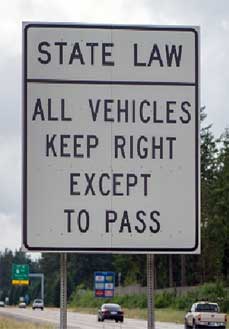Semi trucks and large trucks can cause devastating car accidents with severe injuries to any cars that come in contact with them. For this reason, we would like most semi trucks and large trucks to refrain from driving in the far left lane, the fast lane, and driving fast. But what does the law say about these trucks driving in the fast lane and the HOV lane?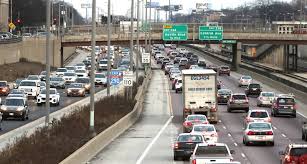
Have you ever wondered what lane a semi truck can drive in? It seems like it should be illegal for semi trucks, trucks hauling trailers, and box trucks for delivery to be driving in the far left hand lane or the HOV lane doesn’t it? Apparently in most parts of the state, semi trucks and trucks over 10,000 pounds are not allowed in the far left lane on three lane roads in each direction except for a few exceptions.
The exceptions are fairly large, however, which covers Highway 2 and Interstate 5 interchange in Everett all the way down to I-5 near South Center in Tukwila, WA. However, southbound I-5 has an exception that allows trucks to drive in the left hand lane all the way down toto exit 151 and then again from exit 135 to I-5 exit 130 near the Tacoma Mall in Tacoma, WA so long as the left lane is used to facilitate passing slow traffic. There are other areas in Washington that allow for semi trucks and other trucks that weigh over 10,000 pounds to drive in the far left lane including I-90 eastbound and westbound in the Seattle area, areas around Vancouver, WA, and areas around Tri-Cities. The full code is below in WAC468-510-020.
This means that the box truck or semi truck that is driving next to you in Seattle can probably drive in this lane. Not a lot of semi trucks actually use this small exception because for all intended purposes it is generally forbidden in all areas of the state and other states. This also means that if your truck weighs over 10,000 pounds, it too cannot drive in the far left lane of a road with three lanes going in each direction except for in the areas outlined in the code.
Semi trucks are not allowed in HOV lanes. HOV lanes restrict cars or trucks that weigh over 10,000 pounds no matter the number of passengers unless it is a bus with 16 or more capacity or municipal transport vehicle. This means that if your truck is over 10,000 pounds, you cannot drive in the HOV lane unless you are considered a recreational vehicle.
Can you drive your 10,000 pound truck in the far left lane or the HOV lane? Many trucks weigh over 10,000 pounds but you may not even think about it. However, there is an exception to the 10,000 pound limit so long as it is a recreational truck. A recreational vehicle is defined as a vehicle used exclusively for noncommercial purposes which are designed for recreational, camping, or travel use; towing a horse trailer; or rental truck with no more than two axels used strictly and exclusively to transport personal possession. Most personal usage trucks would qualify under this exception.
This means that commercial trucks cannot drive in the HOV lane but may be able to drive in the far left lane under certain circumstances and places. However, this also means that if your truck weighs over 10,000 pounds, it too cannot drive in the far left lane of a road with three lanes going in each direction except for in the areas outlined in the code but you may drive in the HOV lane in all areas? Weird. This is because the 10,000 pound limit does not have the recreational vehicle exception in the code for far left lane usage but does in the HOV lane law.
(1) RCW
46.61.100(3) mandates that no vehicle towing a trailer or no vehicle or combination over 10,000 lb. may use the left lane of limited access roadways having three or more lanes in one direction, and that a high occupancy vehicle (HOV) lane is not considered the left hand lane of a roadway. Within this section, 10,000 lb. means 10,000 lb. gross vehicle weight (G.V.W.).
(2) RCW
46.61.100(3) further mandates that the department, in consultation with the Washington state patrol, shall adopt rules specifying those circumstances where it is permissible for other vehicles to use the left lane in case of emergency or to facilitate the orderly flow of traffic, and those segments of limited access highways exempt from the subsection due to the operational characteristics of the roadway.
(a) For the types of vehicles specified, and under the circumstances enumerated in (a)(i) through (vii) of this subsection, the left lane prohibition described in subsection (1) of this section does not apply to:
(i) Motorcycles towing trailers.
(ii) Class B motor homes, commonly called conversion vans, without a motor vehicle or trailer in tow.
(iii) Tow trucks weighing over 10,000 lb. G.V.W. when en route to an emergency on a specific roadway or roadside.
(iv) Fire trucks or emergency care vehicles weighing over 10,000 lb. G.V.W. when en route to an emergency.
(v) Any vehicle towing a trailer or vehicle or combination weighing over 10,000 lb. G.V.W. when one or more of the lanes are blocked because of an accident, other incident, or highway maintenance or construction activities.
(vi) Any vehicle authorized to use a HOV lane that would otherwise be prohibited from the left lane within two miles approaching the beginning of a HOV lane or following the terminus of a HOV lane.
(vii) Any department of transportation vehicle towing a trailer or weighing over 10,000 lb. G.V.W. when conducting official business within the left lane.
(b) On the roadway portions enumerated in (b)(i) through (viii) of this subsection, the left lane prohibition described in subsection (1) of this section does not apply:
(i) On northbound and southbound Interstate 5 in the Vancouver vicinity, from the Washington/Oregon state line to exit 3 at Main Street.
(ii) On northbound Interstate 5 in the Vancouver vicinity, from the confluence of Interstate 205 to exit 9 at 179th Street.
(iii) On southbound Interstate 5 in the Vancouver vicinity, from exit 9 at 179th Street to exit 7 at Interstate 205.
(iv) On northbound Interstate 5 in the Seattle/Everett vicinity, from exit 154A at I-405 to exit 194 at SR 529.
(v) On southbound Interstate 5 in the Seattle/Everett vicinity, from exit 189 at SR 526 to exit 154A at I-405.
(vi) On eastbound and westbound Interstate 90 in the Seattle vicinity, from exit 2A and 2B respectively at Interstate 5 to exit 10A at Interstate 405.
(vii) On eastbound and westbound Interstate 182 in the Tri-cities vicinity, from exit 4 to exit 12A.
(viii) On northbound and southbound Interstate 205 in the Vancouver vicinity, from the Washington/Oregon state line to the termini of the three lane sections about one-half mile south of exit 32.
(c) On the roadway portions enumerated in (c)(i) and (ii) of this subsection, the left lane prohibition described in subsection (1) of this section does not apply to any vehicle, except trucks over 10,000 lb. G.V.W., when using the left lane for passing to facilitate the orderly flow of traffic:
(i) On southbound Interstate 5 in the Southcenter vicinity, from exit 154A at I-405 to exit 151 at South 200th Street.
(ii) On southbound Interstate 5 in the Tacoma vicinity, from exit 135 at SR 167 to exit 130 at South 56th Street.
High occupancy vehicles (HOVs).
Pursuant to RCW
46.61.165 and
47.52.025, the department has reserved portions of interstate highways, state highways, and ramps, as HOV lanes for the exclusive use of public transportation vehicles or private motor vehicles with the number of occupants specified on signs. Motor vehicles authorized to use HOV lanes are:
(1) Rubber tired municipal transit vehicles conforming to RCW
46.04.355.
(2) Buses with a carrying capacity of sixteen or more persons, including the operator.
(4) Recreational vehicles with the number of occupants specified on signs.
(5) Official marked law enforcement and fire department vehicles equipped with emergency lights and siren, operated by an on-duty state patrol, local, or county law enforcement personnel, or on-duty local, county, or special district fire department personnel.
(6) All other vehicles with the number of occupants specified on signs, except that trucks in excess of 10,000 lb. G.V.W. are prohibited from the use of HOV lanes regardless of the number of occupants. Tow trucks that would be otherwise prohibited because of weight or number of occupants may use HOV lanes when en route to an emergency on a specific roadway or roadside.
Recreational vehicle—Definition.
For the purposes of RCW
46.25.050 (1)(c), the term “recreational vehicle” shall include vehicles used exclusively for noncommercial purposes which are:
(1) Primarily designed for recreational, camping, or travel use;
(2) Towing a horse trailer; or
(3) Rental trucks having no more than two axles (one steering and one drive axle) used strictly and exclusively to transport personal possessions.
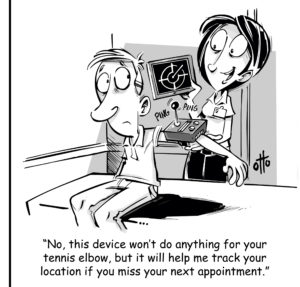 If you wait too long to get treatment, the insurance company may have a good argument for denying the treatment – to a certain degree. This is because there is law in Washington State that requires a victim of a car accident injury case to get treatment within a reasonable amount of time as a reasonable person would so as to not make their injuries worse. However, this does not mean that the insurance company is completely off the hook for covering these medical bills but it does mean that it may be reduced to a certain degree.
If you wait too long to get treatment, the insurance company may have a good argument for denying the treatment – to a certain degree. This is because there is law in Washington State that requires a victim of a car accident injury case to get treatment within a reasonable amount of time as a reasonable person would so as to not make their injuries worse. However, this does not mean that the insurance company is completely off the hook for covering these medical bills but it does mean that it may be reduced to a certain degree.
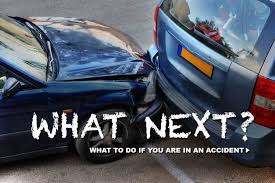 1. The first reason to go through your own insurance company to repair your car in a car accident injury case is that you will be able to choose where it is repaired. Your insurance company will generally give you more flexibility to get your car repaired where you want it to be than the defendant’s insurance. The defendant’s insurance company wants to use their guys because they have contracts with them and they know their guy will tell them what they want to hear.
1. The first reason to go through your own insurance company to repair your car in a car accident injury case is that you will be able to choose where it is repaired. Your insurance company will generally give you more flexibility to get your car repaired where you want it to be than the defendant’s insurance. The defendant’s insurance company wants to use their guys because they have contracts with them and they know their guy will tell them what they want to hear.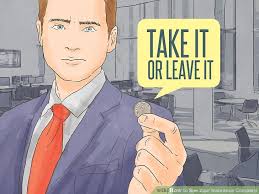 You don’t need to take their offer right now: Insurance companies like to pressure people injured in car accidents to settle now. They will say things like you need to take this offer now or it is going away. This could not be further from the truth. They want to settle your case now and may appear desperate if they pressure you to settle before your injuries have healed. They want you to settle now so you don’t collect more medical bills that they will have to compensate you for. Get the treatment that you need now and ignore their phone calls after you tell them that you will wait until you are healed to start negotiating the settlement of your car accident injury case. However, you have three years to settle or file a lawsuit on your car accident injury case in Washington State or you lose the right to make a claim. This is a long time but not forever.
You don’t need to take their offer right now: Insurance companies like to pressure people injured in car accidents to settle now. They will say things like you need to take this offer now or it is going away. This could not be further from the truth. They want to settle your case now and may appear desperate if they pressure you to settle before your injuries have healed. They want you to settle now so you don’t collect more medical bills that they will have to compensate you for. Get the treatment that you need now and ignore their phone calls after you tell them that you will wait until you are healed to start negotiating the settlement of your car accident injury case. However, you have three years to settle or file a lawsuit on your car accident injury case in Washington State or you lose the right to make a claim. This is a long time but not forever.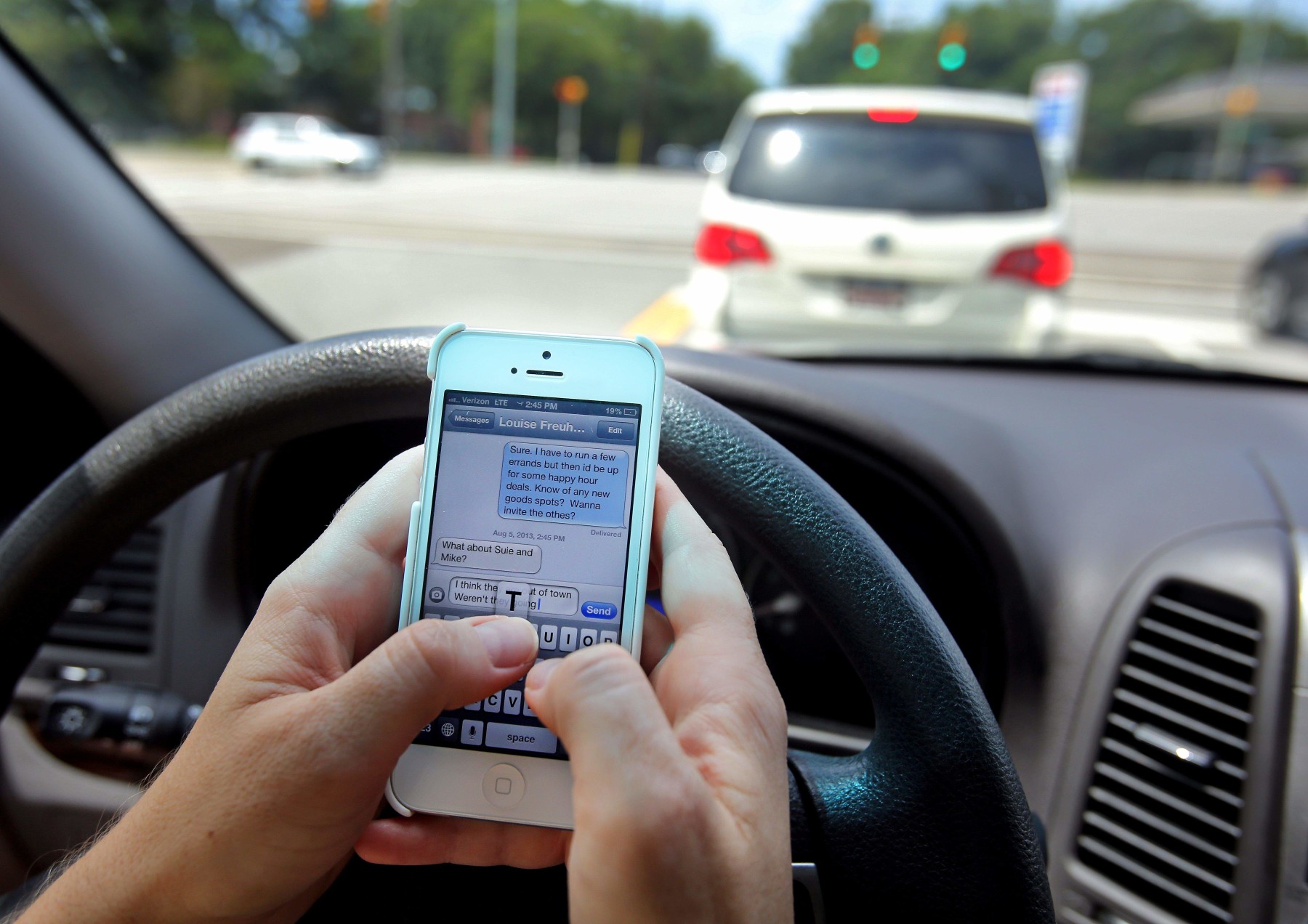 The eating and drinking part of the law has created a lot of hoopla because news media outlets have misleading posted screen shots of the law stating eating and drinking is now illegal without also indicating it is actually a secondary offense in addition to another traffic fine.
The eating and drinking part of the law has created a lot of hoopla because news media outlets have misleading posted screen shots of the law stating eating and drinking is now illegal without also indicating it is actually a secondary offense in addition to another traffic fine.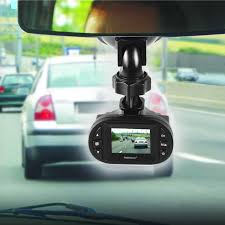
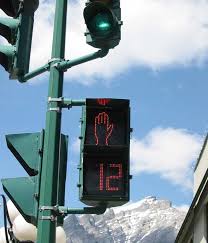 Can a pedestrian cross the street in Seattle with a blinking or steady don’t walk sign or hand?
Can a pedestrian cross the street in Seattle with a blinking or steady don’t walk sign or hand?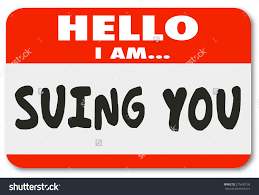
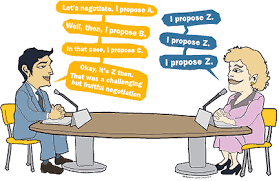 1. Wait until you are fully healed to start negotiating your settlement
1. Wait until you are fully healed to start negotiating your settlement
